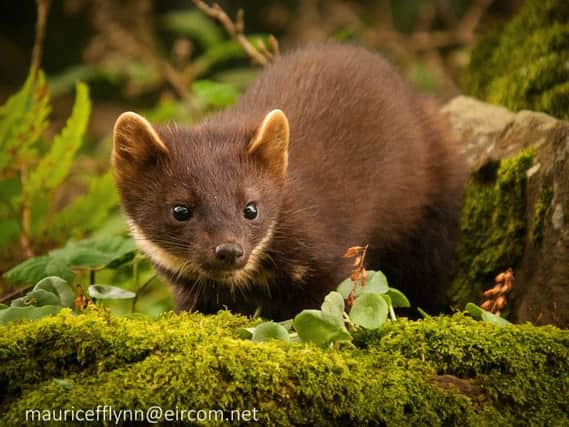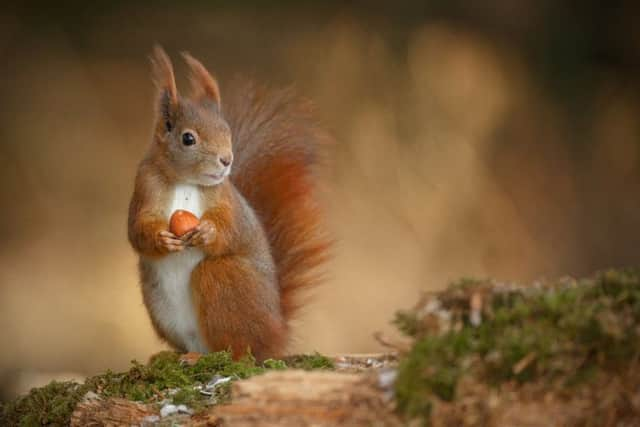Pine martens could protect red squirrels from grey invasion


The international study, by scientists from Scotland, Ireland and the US, shows populations of alien grey squirrels are kept down in places where they live alongside native pine martens, which are known to prey on squirrels.
Conversely, the results also show there is a positive impact on red squirrel numbers where they share territory with their natural predators.
Advertisement
Hide AdAdvertisement
Hide AdRed squirrels were once present throughout the UK, but populations have undergone massive declines over the past century. Scotland is now the stronghold for the species, hosting an estimated 120,000 of the animals – three quarters of the nationwide total.


Invasive grey squirrels, which were introduced to the UK from north America in the 19th century, pose the greatest threat to the long-term survival of native reds.
The more robust interloper can outcompete its smaller cousin for food and nest sites and transmits diseases that are deadly to native colonies.
Greys now outnumber reds by two to one in Scotland, and their numbers and range have been increasing.
Dr Emma Sheehy and Professor Xavier Lambin, from the University of Aberdeen’s School of Biological Sciences, led the project.


“Our study has confirmed that exposure to pine martens has a strong negative effect on grey squirrel populations, whereas the opposite effect was observed in red squirrel populations, who actually benefited from exposure to martens,” Dr Sheehy said.
“Globally, there are numerous examples of non-native predators having detrimental impacts on native prey, such as the fox and domestic cat, which continue to wipe out native marsupials in Australia. In our study we demonstrate a similar scenario, only in this case it is a recovering native predator having a detrimental impact on an invasive prey, which colonised the region while the native predator was absent.
“Clearly, with the recovery of the native predator, the advantage has shifted in favour of the native prey species. It is really encouraging news, both locally and in a global context, as it supports the concept that ecosystems with native predators can offer greater resistance to invasive species.”
Advertisement
Hide AdAdvertisement
Hide AdThe Saving Scotland’s Red Squirrel project was set up to stop native reds being wiped out by greys. Current methods of controlling the invaders include culling and use of a pioneering contraceptive pill.
Project manager Dr Mel Tonkin has welcomed the latest findings, which she believes could eventually boost conservation efforts.
“We are very excited to finally have some research which clearly shows that the recovery of the pine marten, a protected native predator, is having clear benefits for native red squirrels in Scotland,” she said.
“It is a considerable challenge for us to sustain this work over the long-term, which is required if we are to prevent the ultimate demise of our much-loved red squirrels.
“This new research gives us hope that at some point in the future the pine marten will take over some of this grey squirrel control for us.
“However, it is important that people understand that it may take several decades for pine martens to recover to densities that will allow us to put away our traps altogether.
“If we stop the work we are doing now there won’t be red squirrels left for the pine martens to save.”